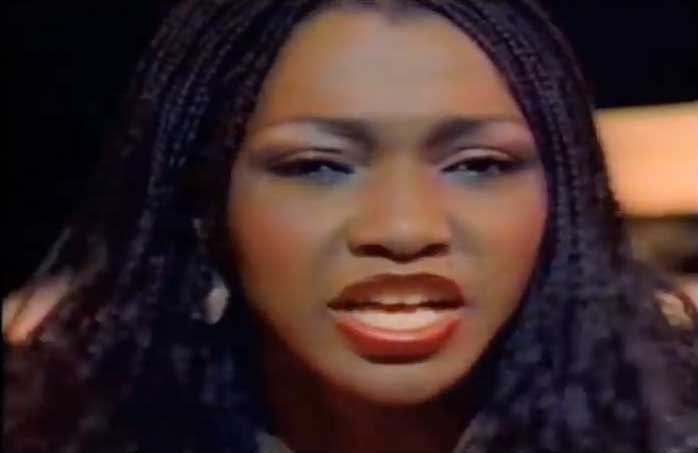In the early ’80s, just as disco’s glitter began to fade and electronic beats took over, a fresh sound hit the dance floors and turned everything upside down: Shannon’s “Let the Music Play.” Released in 1983, it wasn’t just a club banger—it helped launch the freestyle genre and gave dance music a bold new direction.
A Game-Changing Groove
Written by Chris Barbosa and Ed Chisolm, and produced by Barbosa alongside Mark Liggett, “Let the Music Play” was something totally new. With its Roland TR-808 beat, synth-driven bassline, and crisp production, it broke away from disco’s lush instrumentation and headed somewhere more raw and futuristic. It had a sharp Latin-electro rhythm and a sound that would soon become the blueprint for freestyle music.
At the center of it all was Shannon Brenda Greene, whose voice soared through the speakers—confident, emotional, and full of urgency. Her lead vocals were powerful and agile, giving life to lyrics that felt like a plea to escape into the music.
But here’s a lesser-known detail: while Shannon led the track, the smooth male chorus vocals—especially the iconic “Let the music play, he won’t get away”—were reportedly performed by session singer Jimi Tunnell. Though uncredited, his contribution helped create the call-and-response energy that made the song so memorable.
Dance Floor Commandment
The lyrics were simple but magnetic—a direct appeal to music itself, as if dancing could heal heartbreak:
“Let the music play, I just want to dance the night away
Let the music play, he won’t get away”
It was a dance anthem with soul, and that combination struck a chord. The track hit #1 on the Billboard Dance Chart and climbed all the way to #8 on the Hot 100, crossing over from clubs to mainstream radio in the U.S. and abroad. It also became a Top 10 hit in the UK.
The Birth of Freestyle
Beyond chart success, “Let the Music Play” was a catalyst for freestyle music, a genre that mixed electro beats, Latin rhythms, and R&B vocals. It laid the groundwork for artists like Lisa Lisa & Cult Jam, Exposé, and The Cover Girls. The song’s production style—with drum machines, syncopated rhythms, and dynamic female leads—became the DNA of a whole musical movement.
A Lasting Legacy
Even now, “Let the Music Play” still sounds fresh. Whether it’s spinning on retro nights or sampled in new tracks, its influence is everywhere. Shannon’s powerful performance, Jimi Tunnell’s ghostly chorus, and Barbosa’s trailblazing production came together to create something timeless.
It wasn’t just a dance hit—it was a turning point in pop music history. One track, one beat, one vocal… and a whole new genre was born.
